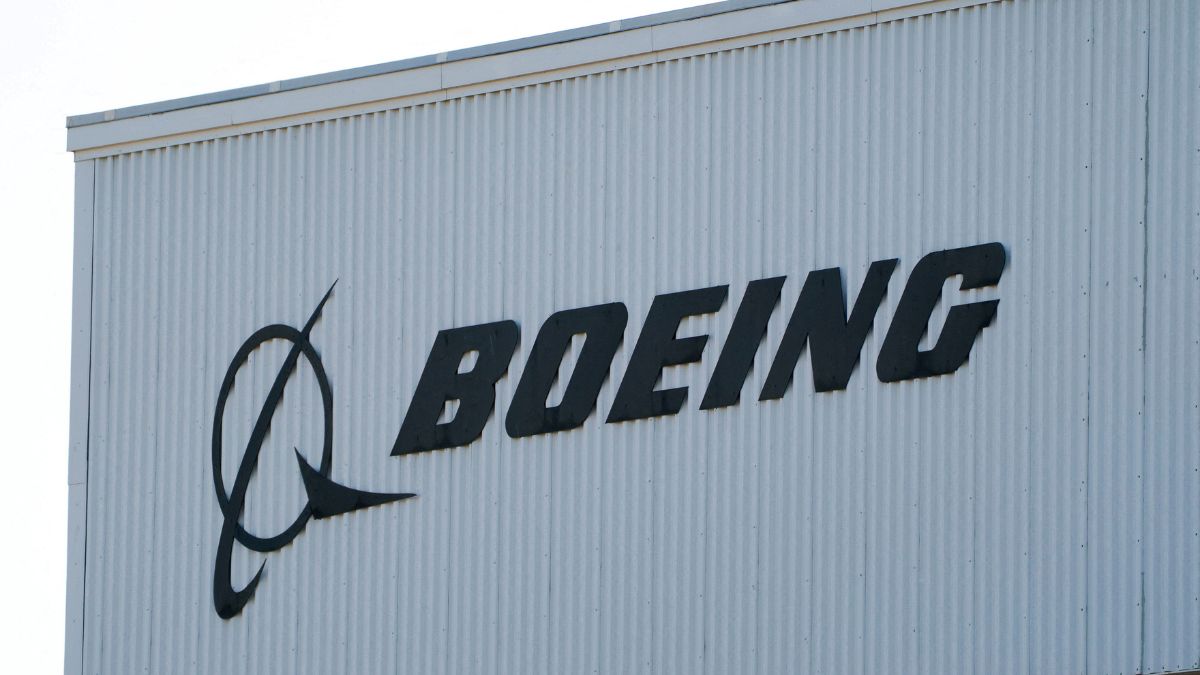The rise and fall of the Dreamliner
 Representational image | Reuters
Representational image | Reuters
There are aircraft models that capture the zeitgeist of a particular era. From the 707s that symbolised air travel in the post-war years, the ‘jumbo jet’ which epitomised the jet era and transatlantic commute to the recent Airbus A350, the new apple of every aviation CEO’s eye, with its low cost of operation for global long-haul.
At a point sometime in the early years of this century, the Boeing 787 ‘Dreamliner’, which crashed in Ahmedabad on Thursday, was one such. Airbus had unveiled its double decker A380 prototype, the biggest aircraft in civil aviation that could even carry (if needed) up to 800 passengers. It’s dominance in international travel with its 747s (better known as the jumbo jet) on shaky ground (or skies), Boeing had to counter it with something with its own USP.
The answer was the Dreamliner, which, while it couldn’t carry 600 or 700 passengers, yet scored with its innovative approach to aircraft design and use of new components which made the aircraft lighter. Meaning, it needed less fuel, and could easily fly halfway across the world. Despite the plane being delayed at Boeing’s end, Air India was one of the biggest first-time buyers of the aircraft, even if it left in its trail allegations of kickbacks being paid.
The Dreamliner entered Air India service in 2012 and has been a workhorse all these years, with about 30 such aircraft, mostly on international routes. The Dreamliner was an asset for most aviation companies, this despite a 2013 grounding of the aircraft by the Federal Aviation Administration of the US as well as questions repeatedly being raised over its engines troubles (one initial theory from the Gujarat crash is that the engines stalled catastrophically during take-off).
There were further investigations in recent years into Boeing’s own safety record, and its alleged propensity to cut corners. A whistle blower (later found dead) had also called on Boeing to ground all Dreamliners, with a very infamous instance of a LATAM Boeing 787 from Sydney to Chile last year had experienced loss of altitude resulting in many injuries.
Despite all the flak, the Dreamliner had had a good run till its luck ran out on June 12 in western India. The aviation world is gravitating towards models like the Airbus A350 for long routes, with Boeing’s own shiny new model ‘777x’ set to enter service next year.
However, for all that, Dreamliner, it seems, is not destined to fly away into the sunset gracefully. Today’s crash would mean a renewed focus on Boeing’s safety track record and years of investigations. Even a grounding of the model cannot be ruled out at the moment — there are more than 1,100 of this aircraft model in service around the world. Just like Boeing’s other model 737 Max and twin crashes in the years just before Covid. It is just as ironic that the Dreamliner crash comes just after Boeing agreed to pay $1.1 billion in a deal with the US government to avoid prosecution over those crashes.
Business